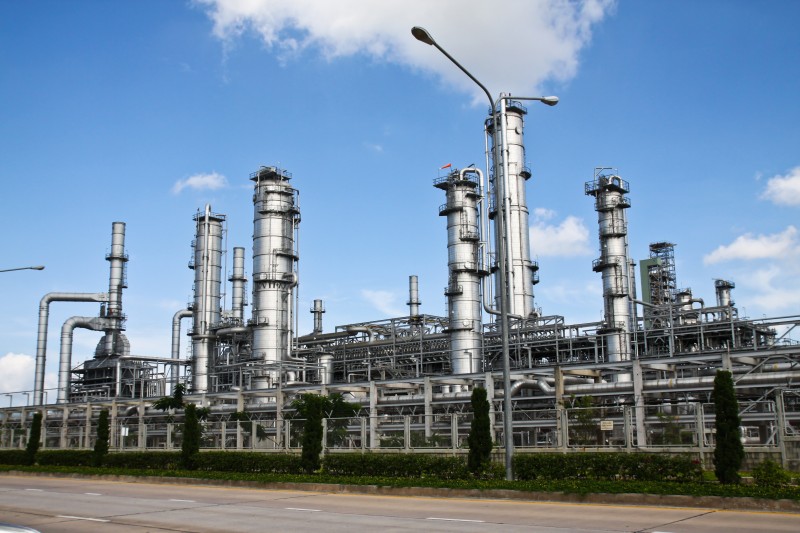Air pollution control services help companies maintain compliance with regulations. Plus, their technology cleans the air, purifies discharge, and sifts through outflow. A regenerative thermal oxidizer is the most energy-efficient solution for VOC control. Their primary function is to destroy volatile organic compound contaminants in the exhaust.
When they clean discharged exhaust, they utilize the process of combustion. This process elicits what has been called high-temperature thermal oxidation. The pollutant will be converted into carbon dioxide and water vapor. As it works, it also recaptures thermal energy and transmits it to storage. Later, a company can reuse this captured energy, lowering its overall overhead.
RTO Regenerative Thermal Oxidizer
RTO regenerative thermal oxidizers suck in VOC and HAP-laden process gas through an inlet manifold. This spot is where gas is directed into energy recovery chambers, collecting it. When it enters the chamber, it gets heated as it passes across ceramic media beds.
Once the volatile organic compounds have been treated in the combustion chamber, hot gas gets released. The organic matter gets oxidized, and the cleaned gas passes to the outlet media bed. This chamber has heat, and the gas gets cooled, so the outlet temperature is not much different.
Secondary Heat Recovery
In some circumstances, heat gets recovered by a secondary heat recovery system. Consequently, additional heat is recycled and converted into usable energy.
Safe Fuel Injection & Hot Bypass Valve
Safe fuel injection can lower fuel use, eliminating supplemental combustion’s air need. Hot bypass valves can direct clean oxidizer exhaust around the heat recovery bed.
Contact Air Clear, LLC at https://www.web.net/.
